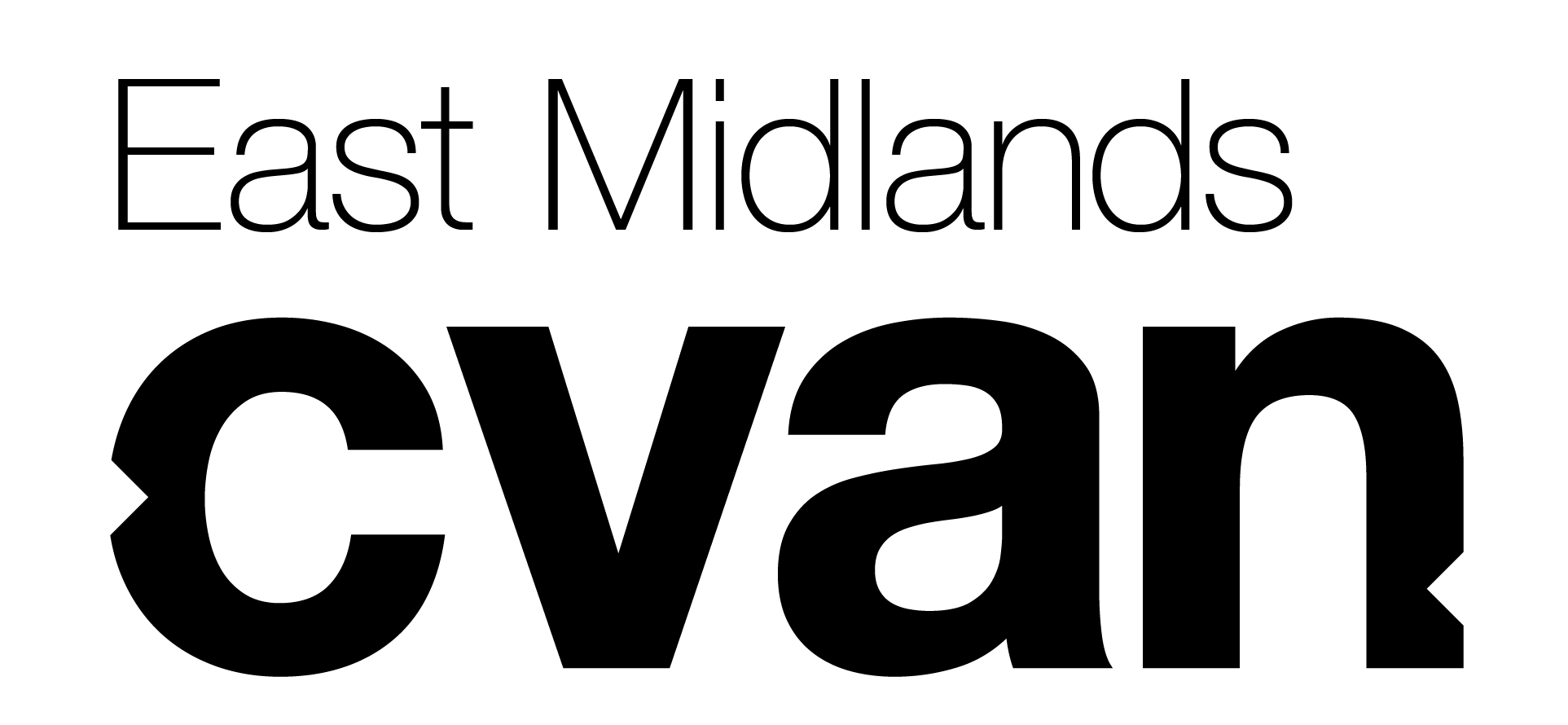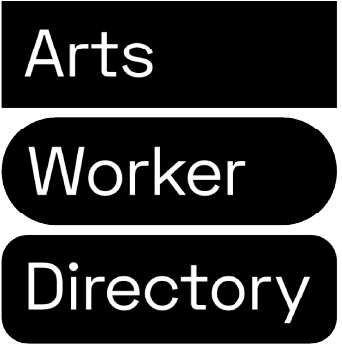Christopher Samuel is a multi-disciplinary artist whose practice is rooted in identity and disability politics, often echoing the many facets of his own lived experience. Seeking to interrogate his personal understanding of identity as a disabled person impacted by inequality and marginalisation, Christopher responds with urgency, humour, and poetic subversiveness within his work. This approach makes his work accessible to a wider audience, allowing others to identify and relate to a wider spectrum of human experience. Christopher is based in Leicester.
Find out more about his practice on his website and follow him on Instagram
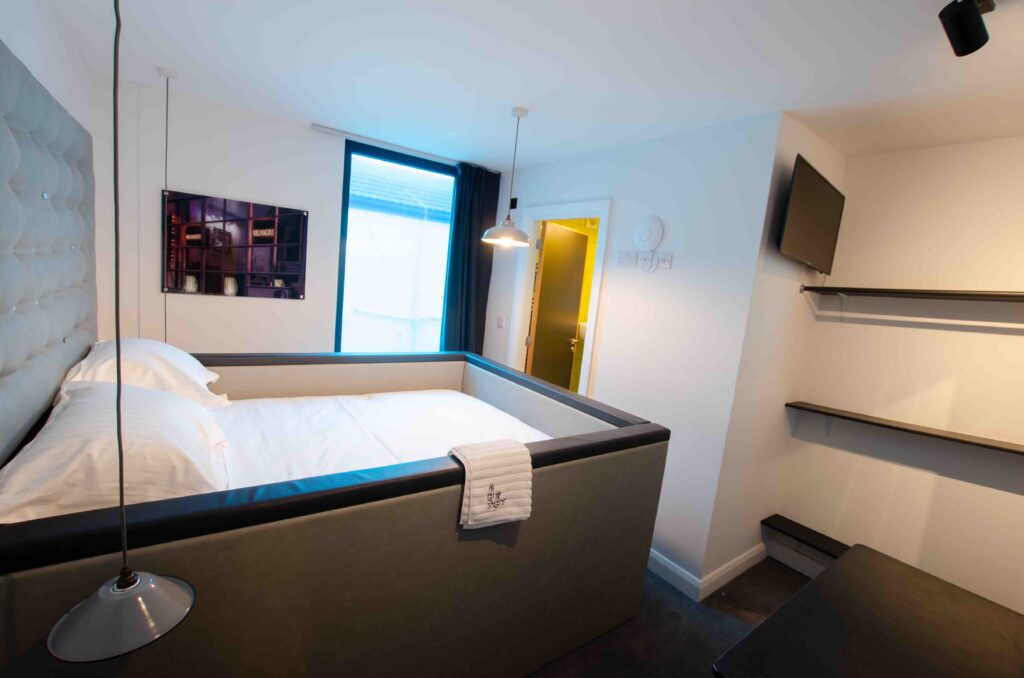
Describe your practice for us
My practice is motivated by the lived experience of disabled people in the UK today. Structural discrimination and the stark inequality that it creates has not only marginalised disabled communities, but compromised their human rights and, in the extreme, taken lives. My recent work, Cripple, explores the idea of idleness in the context of the reality in which disabled people have been pushed further to the margins of society due to austerity.
I believe that no one should be denied a fulfilled life as a result of misguided legislators and the centrality of individualism in British society. With little regard for the value of disabled lives, the insufficiency of the welfare state continues to make disabled personhood invisible and enact violence on our bodies.
I work across a variety of media and techniques, generally responding to these stimuli with urgency using humour and a sense of poetic subversiveness.
How long have you been practising and by what route did you come to your practice?
I’ve been practising since 2012. Originally, I trained to be a counsellor, but my health prevented me from completing my qualification. Over the next two years, much of which I spent in hospital, I decided I needed to do something new. My local college invited students to an open day to discuss available courses and I went, but with no intention of enrolling in anything arts-related.
The two lecturers I met with, however, convinced me of my own creativity. I left the interview committed to complete a diploma in Art and Design. Since then, I have gone on to complete my diploma as well as a foundation and first-class Fine Art degree. As the first in my family to attend university, the impact this experience has had on my practice cannot be understated.
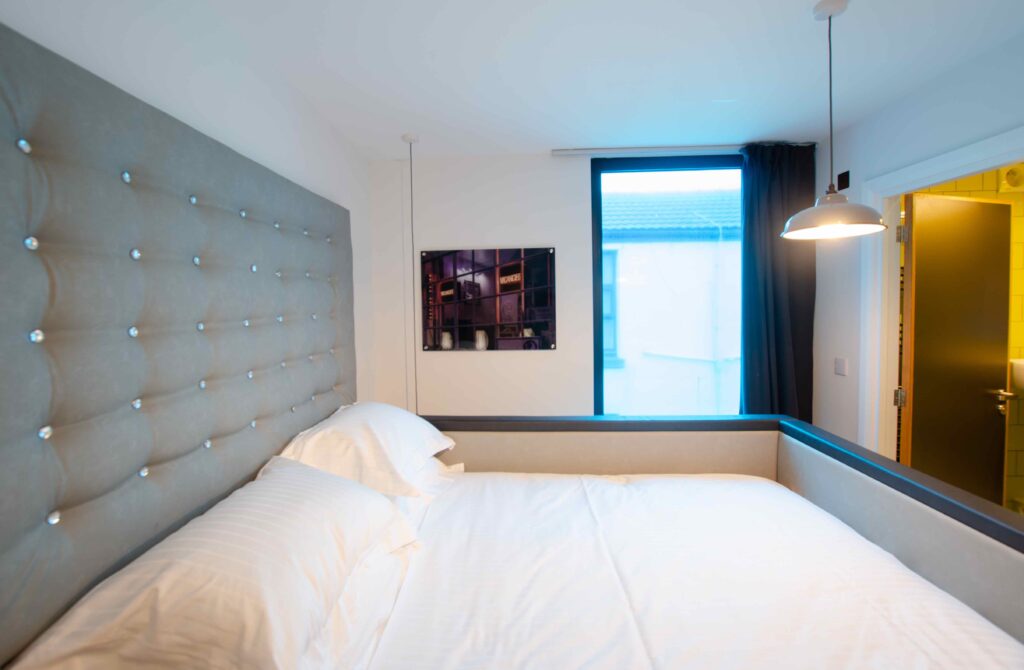
Yours is a really versatile practice, you work across a variety of mediums. What influences you to work in a particular medium at a particular time, does subject matter lead that decision or do you go through phases of working with say, print or photography or drawing?
I think my practice needs to be constantly evolving. This journey requires me to be flexible and versatile. I’m generally responding to specific ideas or issues which dictate the medium. With ‘Housing Crisis,’ for example – a work based on my own lived experience – it was important to retain the structure of the emails I used between myself and local authorities. The banal and clinical format of an email is the vehicle through which that particular form of bureaucratic violence is enacted. Much of my work, therefore, relies on exploring the accepted parameters of ‘art’ so as to convey the significance of the structures that motivate my work.
Central to my practice is a negotiation between my desire for control over the work and narratives I create and a need to collaborate with those whose support I rely on. Since university, in order for my practice to evolve, I have been dependent on others for practical assistance when using different media. This tension is echoed in my work, too, as it begs the question: why should my practice appear less valuable because I needed others to create it? How has individualism permeated so deeply so as to invalidate those whose lives are innately relational?
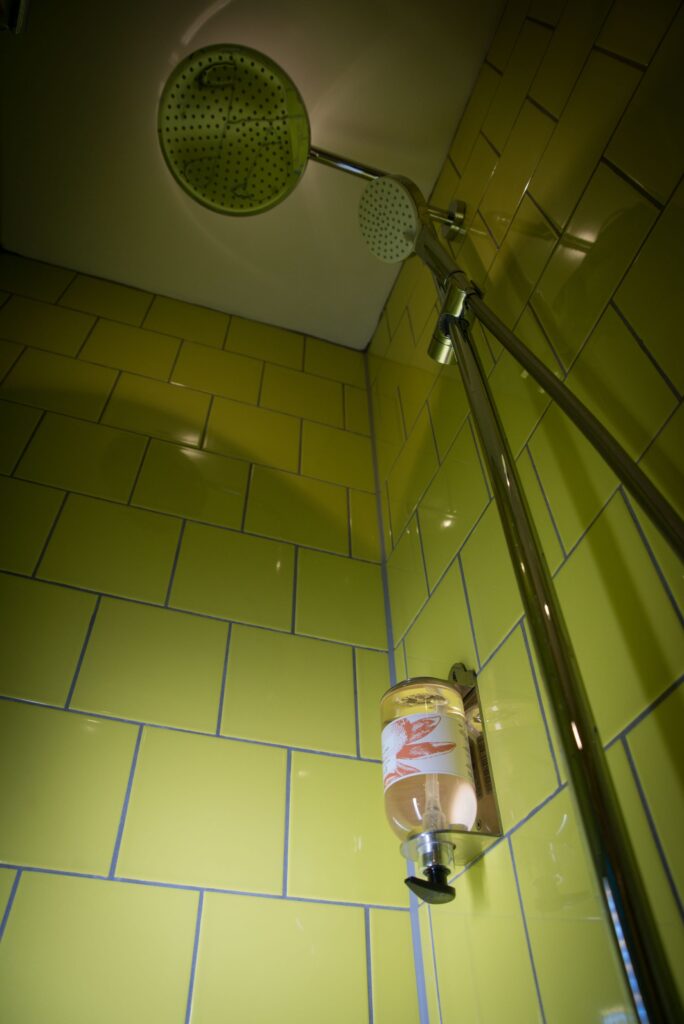
You’ve said of your work that it uses “humour and a sense of poetic subversiveness”. Tell us more about that.
I think this approach is important in creating a space for play and participatory engagement. This lack of pretence, then, sits in conversation with the format of my work, making it more widely accessible and relatable. I don’t want my own experience, embedded in some of my work, to detract too much from the wider narrative I’m trying to convey. But in discussing my own life and structures I have personal experience with, the humorous and subversive tone I employ serves both to make complicated stories legible and afford me agency over my own past. In retelling stories of marginalisation, I find it both empowering and artistically effective to take control of what is emphasised and how it is perceived.
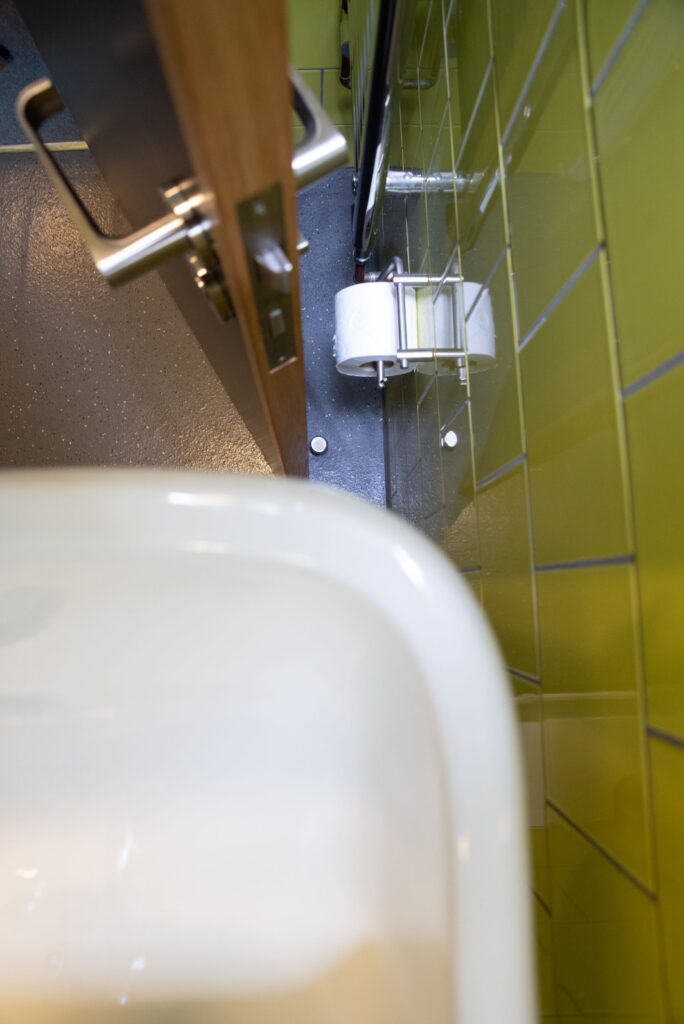
Your work, regardless of medium and production, is imbued with your own lived experience and tackles head on issues of identity and disability politics and discrimination that are still really prevalent: in society, culture, politics, economics. Once it’s left your studio, is it a vehicle for action, activism?
Outside of the studio, my work takes on a life of its own. When I created ‘Welcome Inn’ at the Art B&B in Blackpool, which itself existed in the format of a bedroom, it garnered a lot of national press. Once it became a news story, the work transformed in structure and so, also, in impact. To this end, I find the context of my work influences the way it is received and the impact my message has. Though the contemporary art context is not incapable of inciting change itself, clearly there are other spheres in which my work is forceful, too. Though my work is essentially political and critical, for me, given the contribution of my own experience, segregating political art in this way feels reductive. I’m reluctant to label myself as a political artist for fear that it reduces the stories I’m telling, but I am still hopeful that my work can engender change, in any form.
What is important to you in maintaining and motivating your practice?
There is an urgency to the evolution of my practice which stems from the context I’m depicting in my art. My story as a disabled man facing socioeconomic marginalisation features heavily in my work because in developing my own understanding of identity, I can more successfully give voice to others in the margins, too. The pressure we are under as marginalised people fuels the development of my practice.


What have been your biggest achievements since establishing your practice?
Going to university and gaining a first class degree might be further down other people’s lists of achievements, but I was happy that my Mum could see this accomplishment and recognise its symbolism. Graduating was a triumph and offered us both catharsis from the struggle that the barriers I face had forced on us. I wasn’t only celebrating my success, but the journey we had both been forced on throughout my earlier life. So, graduating was a real high-point for me because of the significance it has in my relationship with her. More recently, in my professional career, I am proud of the Welcome Inn I was commissioned to create for Art Bnb in Blackpool in 2019 and of the support I received to create my first solo show, ‘Housing Crisis,’ with Attenborough Arts Centre. Both of these achievements are underpinned by their personal implications. Housing Crisis is a personal account of a point in my life in which I was fighting for independence and to remain in society; for it to be recognised in an artistic context therefore also validates the experience I’m retelling.
What have been the biggest challenges to your practice?
As a disabled artist dependent on collaboration for my work, as I discussed earlier, logistics prove a significant challenge to my practice. Nobody teaches you the boring stuff: how to move things around the studio, how to organise your finances, and how to navigate the benefits system as a practising artist. I am reliant on benefits given I can’t work a 9-5 job, but am supplemented by income generated from my work, and this interaction between my life and my work makes things complicated. I have to work hard not to be in a position of precarity, where I’m unable to pay bills or in which I lose my support. So, for me, the most important thing is ensuring I have a team around me with whom I can confidently and productively collaborate even if the line between work and life is blurred.

What is the most interesting or inspiring thing you’ve seen or attended recently, and why? Includes online!!
House of Glass, With For About 2020 annual conference. This was an online conference responding to the additional challenges that Covid-19 creates for many marginalised people and communities. It was delivered as online videos, that are all available to watch here http://www.withforabout.com/
It explored a vast variety of responses to these issues from different practitioners which gave me a lot of food for thought.
More broadly, everything we’re witnessing in the world right now – the pandemic, the Black Lives Matter movement, and the political energy – has inspired me. It’s raised questions about what my own identity means. For a while, I felt I had consciously removed myself from the teeth of Black identity, feeling I needed to renounce it in order to assimilate into the new world I found myself in. Now, though, through conversations with family and after seeing for myself the power that identity can wield, I want to approach my work with more honesty about the parts of my identity I may previously have shied away from.
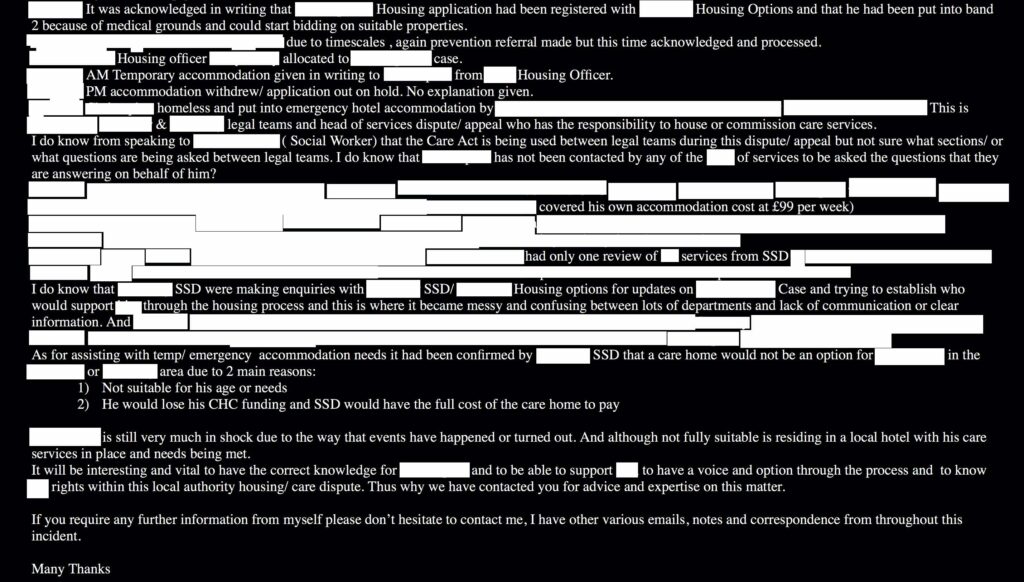
Which other artists’ work do you admire, and why?
The work of Louise Bourgeois, who deals with family, sexuality, the body, and the unconscious. She also confronts themes that relate to her personal experience and in doing so considers it to be a therapeutic process which correlates with my own practice and response to experience.
I think Grayson Perry is brilliant as well, the way his work is accessible to everybody. His approach to his practice, in-depth research, and humanistic perspective to subject matter around identity politics presents a clear narrative and humorous tone.
Where can we see your work? Do you have any upcoming exhibitions, events or projects?
With Covid-19 I have had a couple of projects postponed. I’m currently working on a couple of exciting projects, with Wellcome Collection and Revitalise which I will be sharing details of via my website and social media.

Chris was interviewed in July 2020.
All images are by and courtesy of the artist, except where otherwise stated.
